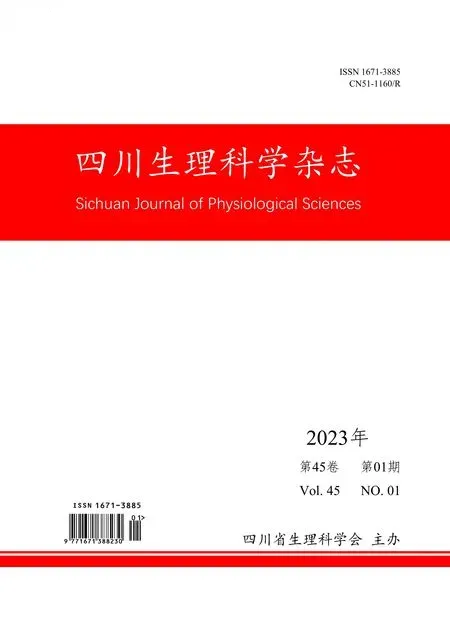An atlas of substrate specificities for the human serine/threonine kinome
Jared L Johnson, et al.
Protein phosphorylation is one of the most widespread post-translational modifications in biology1, 2. With advances in massspectrometry-based phosphoproteomics, 90, 000 sites of serine and threonine phosphorylation have so far been identified, and several thousand have been associated with human diseases and biological processes3, 4. For the vast majority of phosphorylation events, it is not yet known which of the more than 300 protein serine/threonine (Ser/Thr) kinases encoded in the human genome are responsible3. Here we used synthetic peptide libraries to profile the substrate sequence specificity of 303 Ser/Thr kinases,comprising more than 84% of those predicted to be active in humans. Viewed in its entirety, the substrate specificity of the kinome was substantially more diverse than expected and was driven extensively by negative selectivity. We used our kinome-wide dataset to computationally annotate and identify the kinases capable of phosphorylating every reported phosphorylation site in the human Ser/Thr phosphoproteome. For the small minority of phosphosites for which the putative protein kinases involved have been previously reported, our predictions were in excellent agreement. When this approach was applied to examine the signalling response of tissues and cell lines to hormones, growth factors, targeted inhibitors and environmental or genetic perturbations, it revealed unexpected insights into pathway complexity and compensation. Overall, these studies reveal the intrinsic substrate specificity of the human Ser/Thr kinome, illuminate cellular signalling responses and provide a resource to link phosphorylation events to biological pathways.
- 四川生理科学杂志的其它文章
- Futibatinib for FGFR2-Rearranged Intrahepatic Cholangiocarcinoma
- Acute aortic dissection
- Immunity to the microbiota promotes sensory neuron regeneration
- An E3 ligase network engages GCN1 to promote the degradation of translation factors on stalled ribosomes
- Mono- and biallelic variant effects on disease at biobank scale
- The person-to-person transmission landscape of the gut and oral microbiomes

